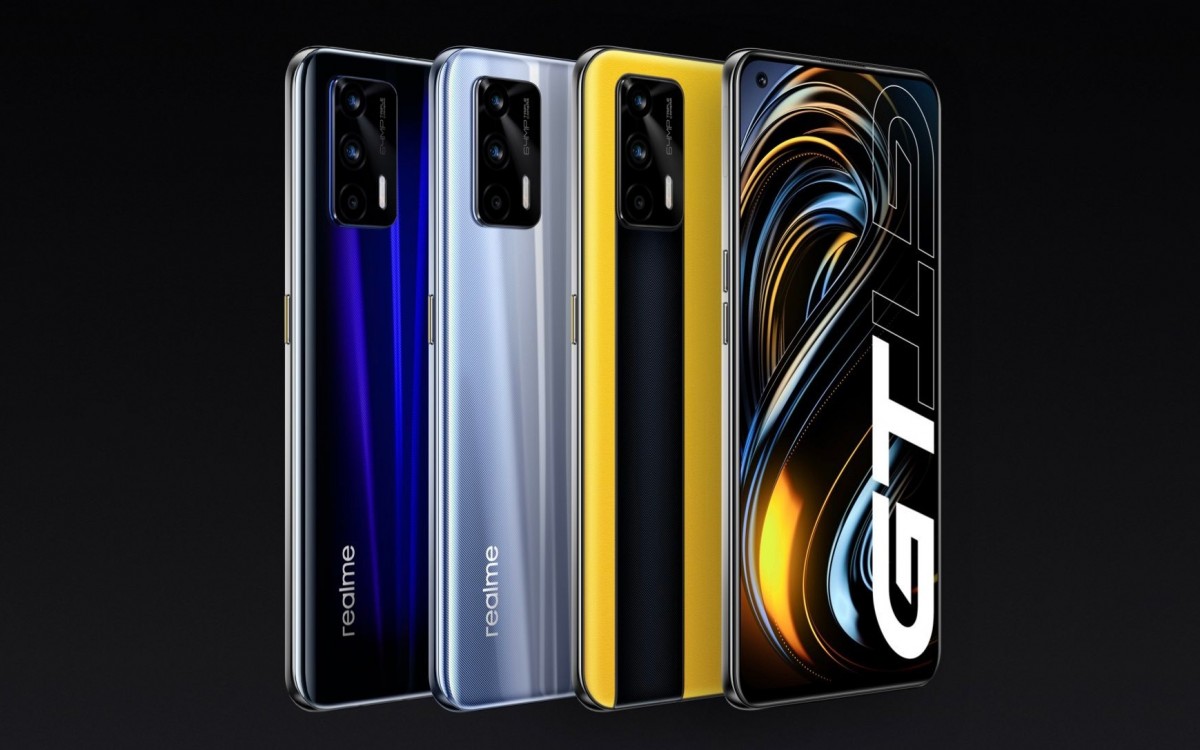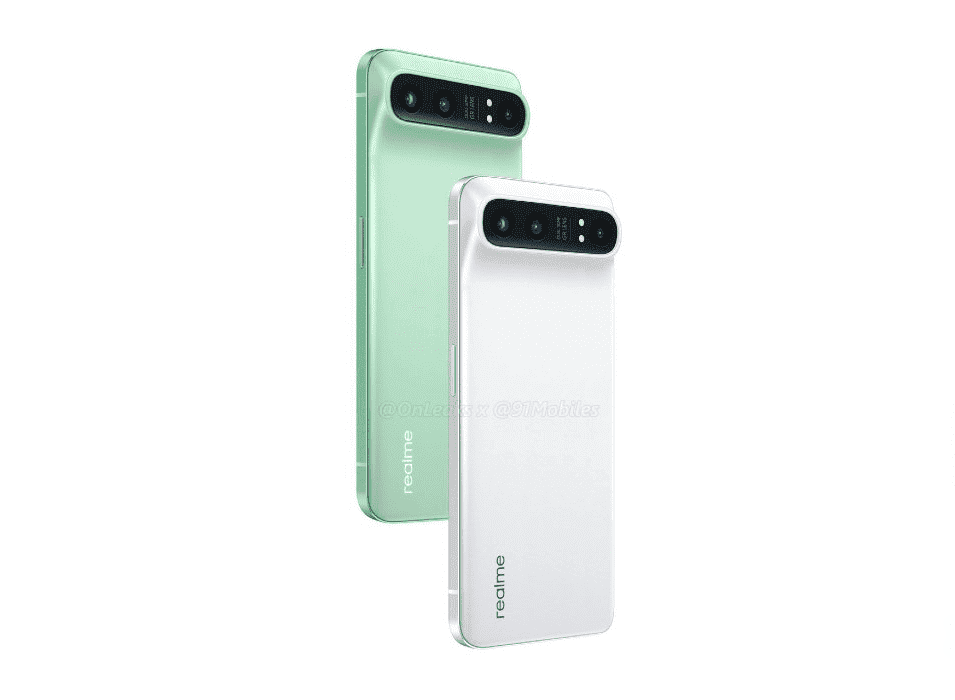Yesterday, Qualcomm’s new flagship processor, the Snapdragon 8 Gen 1, was presented. This chip is what we all expected as Qualcomm Snapdragon 898 and that has finally changed its name. This processor will be in the most important high-end of all 2022 and we already know which will be the first smartphone to include it and go on sale. And we not only know this data, but its possible design has been leaked. The terminal will be in charge of realme and could be named realme GT 2 Pro .
The realme GT 2 Pro could be a budget high-end

realme GT
The company itself has confirmed that it will be the first to include this chip in a real smartphone. Others may be ahead in China, but not in Europe. One of the main markets of realme is the European one and its presentations could happen before those of the rest of the brands.
Along with the Qualcomm Snapdragon 8 Gen 1 you can expect a huge amount of RAM, good storage, an OLED screen with advanced refresh rate and a high-end camera section.
It is very likely that you really do not want to have the most advanced and spectacular device on the market, but one of the cheapest in the high-premium range . Playing cards as he has done so far he could get it done in a few weeks.
A risky design very similar to the Nexus 6P

If you have not been in the Android market for many years or do not follow the news, you may not know what a Nexus 6P is. This device belonged to a series of devices that Google manufactured together with different brands to include pure Android inside. The Nexus 6P was the last Nexus before the release of the Google Pixels and was manufactured by Huawei.
The leaked render of the realme GT 2 Pro design reveals a clear resemblance between the two devices. It is a quite risky design that we will see how it penetrates the market. The company would bet on something different, although not on something that enters through the eyes as soon as you see it. We will have to wait …
